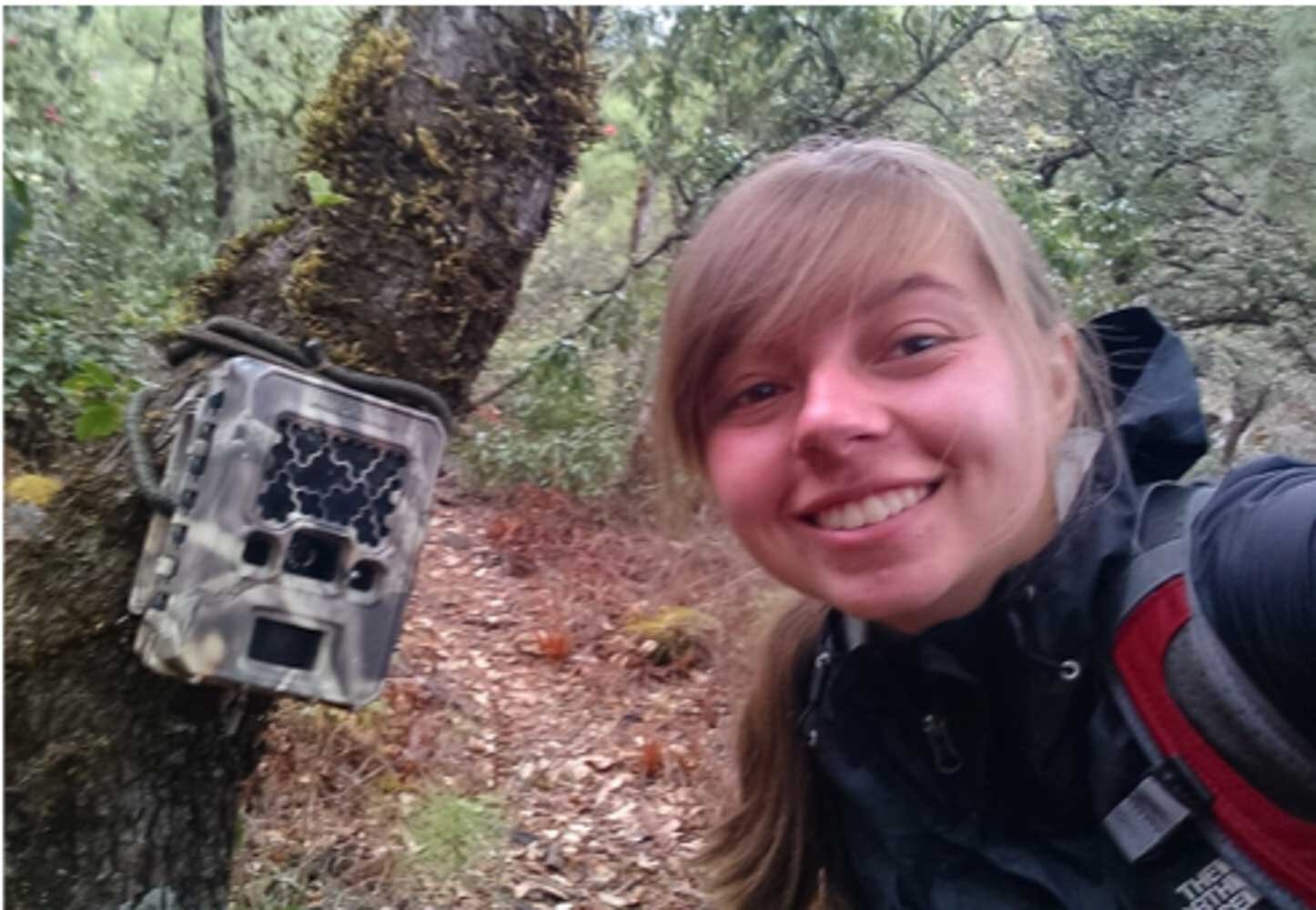Brianna Bjordahl (2019)
Carney Intern
My name is Brianna Bjordahl, and I am one of the St. Marks National Wildlife Refuge fall 2019 interns. I grew up in Nashville, Tennessee and attended Bucknell University in Lewisburg, Pennsylvania. This past May, I graduated from Bucknell with a BA in Biology and Environmental Science.
During my time at Bucknell, I served as a research assistant in two biological labs through my school’s Presidential Fellowship scholarship program. The first of these labs was a cyanobacteria research lab, which I worked in during my freshman and sophomore years. In this lab, we isolated and sequenced the genomes of new cyanobacterial species collected from the nearby Susquehanna River. I also maintained liquid and plated cultures of these bacteria and tested new primers for DNA sequencing. In my junior and senior years, I got a chance to pursue my interests in ecology and conservation when I switched to a lab studying giant salamanders, including the American hellbender and the Japanese giant salamander (JGS). In this lab, we used environmental DNA to identify hellbender breeding habitat in the Susquehanna as well as the distributions of invasive Chinese giant salamanders and their hybrids with JGSs from river samples sent to us by our partners in Japan. During the summer of 2018, I even had the opportunity to travel with my research lab to our partner institution in Japan. There my lab mates and I conducted a study exploring JGS distribution in tributary streams and how the salamanders may potentially use these streams for spawning and larval development.
In the spring of 2018, I also had the incredible experience of studying abroad with the School for Field Studies in Paro, Bhutan. As part of the program, for the month of April, I conducted a directed research project comparing plant and animal community composition at different elevations on the mountains near our center, using camera traps and vegetation survey techniques. I hoped for the project to serve as a baseline for future center research projects exploring the effects of urbanization and climate change on the ranges of certain species. Cameras ranged from roughly 2,200 masl to 4,000 masl and took pictures of species like barking deer, martens, Himalyan black bears, yaks, and even an Asiatic golden cat.
In addition to all of these amazing opportunities for research and field work, I have also done some work in public outreach. In the summer of 2017, I interned at the Tennessee Department of Environment and Conservation, where I researched and wrote articles on sustainable initiatives around the state, helped host the Governor’s Environmental Stewardship Awards, and compiled a list of sustainability contacts for universities across Tennessee.
My experiences so far have given me a wide perspective on the variety of work available in conservation, while also taking me to a number of incredible places. But in just two weeks, St. Marks National Wildlife Refuge might have become one of my favorites. In just our short time here, we have already had the opportunity to band two red-cockaded woodpeckers while the sun rose over a beautiful long-leaf pine forest, to search for hatched sea turtle eggs on the beaches of St. Vincent, and to start our work making salamander traps in preparation for the fall season. The refuge has a wonderful team to work with, and I’ve loved every second of the hands-on work we’ve been able to do. Thank you so much for making such a wonderful opportunity possible, and I cannot wait to see what else my time here has in store!

